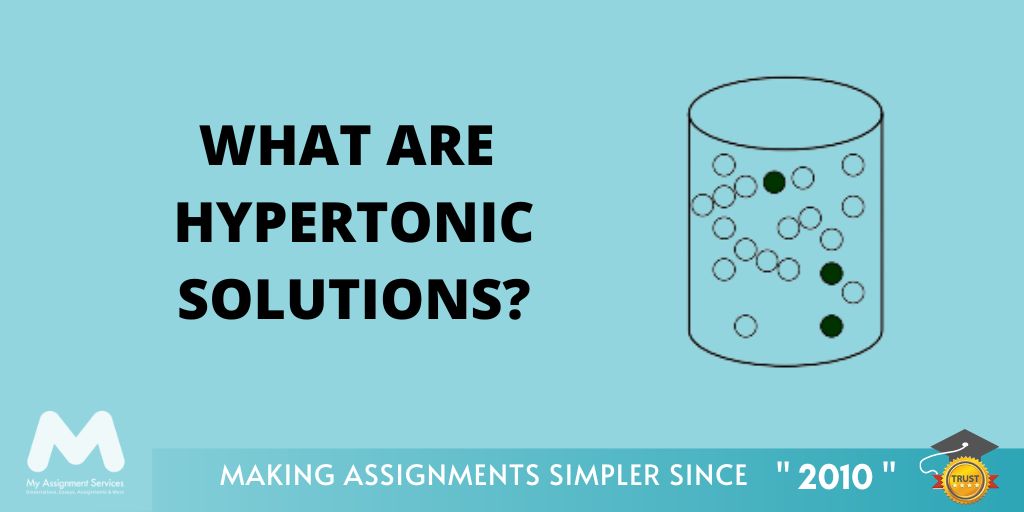
Are you aware of the essential electrolytes and fluids for the human body? As a nursing student, you must attain all such knowledge. It is fundamental for nurses to know all the types of fluids used in medication. Also, the ones that different organs produce. Throughout your nursing academia, you will learn about their usage, effects and side effects.
The three types of nursing fluids are colloids, crystalloids, and blood products. These are the primary fluids types used by hospitals and practitioners. - Nursing Times
This blog discusses one such fluid - a hypertonic solution. A solution containing salt and other dissolved electrolytes is known as a hypertonic solution. The dissolved granules and fluids are similar to the ones found in cells and are appropriate for soaking wounds. Since foreign particles from the external environment threaten the cells' survival and functions.
Therefore, a hypotonic solution is useful for such procedures. Suppose you wonder about the further uses and how it differentiates from other similar solutions. Read forth to learn more about the topic and comprehend through some examples of hypertonic solutions.
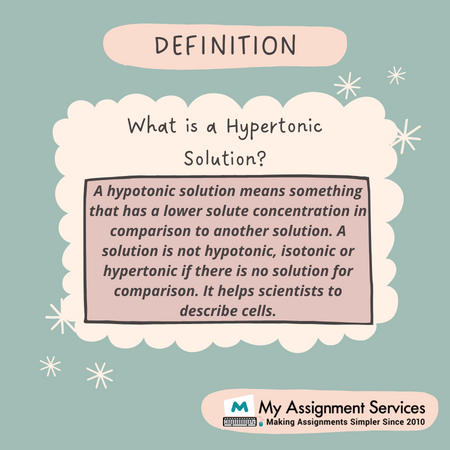
Why Use a Hypertonic Solution over a Saline Solution or other Isotopic Fluids?
Moreover, the use of hypertonic solutions is due to their action mechanics. Such fluids contain higher concentrations of dissolved solutes. It is higher compared to interstitial fluids and plasma. A high concentration initiates osmosis which extracts the interstitial fluids and helps move them into the intravascular space.
Consequently, MAP or the “mean arterial pressure”, SV or “stroke volume”, and the CO “cardiac output” increase. Also, the pulmonary vascular resistance and the pressure of end-diastolic increases. This output is necessary when soaking a wound to protect the cell function. A hypertonic solution attains it ideally.
In contrast, you can use saline solution or isotonic fluid to treat wounds, but they do not prevent bacterial infections. It may cause allergy and alter the normal recovery of the cells. Besides, hypertonic saline solutions achieve normal plasma volume by using it in small quantities.
Did you know that a hypertonic solution has a higher concentration than a cell? So, if you place a cell in such a solution, it will lose volume.
It also initiates the release of vasopressin through the pituitary gland, decreasing water loss from the kidneys. But, when using mannitol, the body absorbs only 10% of the entire volume. It increases osmosis in the globular filtrate and initiates a diuresis. So, now you know why a hypertonic solution is better than a saline solution or other isotopic fluids.
As a nursing student, you must complete various assignments, case studies, clinical lab reports, and more. Finding the best resources is challenging, and the guidelines for the coursework are often too complex. So, if you face such issues, you may fill out the enrolment form to get nursing assignment help from experts. Assess our vast digital library for free to get sample solutions from our experts.
Why Do Students Often Get Confused Between Hypotonic and Hypertonic Solutions?
Furthermore, the terms "hypertonic" and "hypotonic" are the reason for students’ confusion. You may face the same issue if you overlook the fundamentals of each of these solutions. In a hypertonic solution, for example, when we compare the saline solution with a cell, salt water is more concentrated.
The higher the concentration, the more hypertonic the solution is; when you compare the cell’s concentration inside, it is more hypertonic. Hence, the cell’s plasma is more hypertonic, yet the quantity of water makes it hypotonic in comparison. This is just one simple example; there are more factors to consider.
In nursing, you must consider multiple types of solutes. Suppose a semipermeable membrane consisting of Na+ and Cl- (2 moles each) on one side. The other side of the membrane has K+ and Cl- (2 moles each) ions. It is difficult to determine the toxicity as four moles of ions are on each side.
However, the side with sodium chloride solution is less hypertonic since the presence of potassium makes the other side more concentrated. The point of observation here is how the fluids will move across the membrane to reach equilibrium? Both sides of the membrane must contain one mole of sodium and potassium ions.
The red blood cell ratio of the haemoglobin to the freshwater concentration is an example of a hypertonic solution. - ThoughtCo
Hopefully, you understood the difference between hypotonic and hypertonic solutions. The more the concentration is, the more hypertonic the solution is and vice versa. The solutes and fluids move from higher to lower concentrations to reach equilibrium. This is the fundamental theory behind hypertonic solutions.
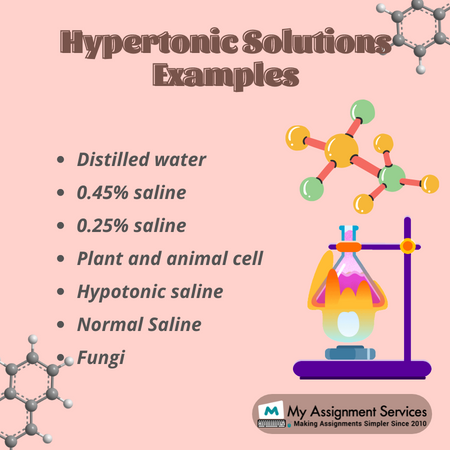
Here Are Some Hypotonic Solutions Examples to Help You Further
Next, there are several examples of hypertonic in the natural environment. Here are a few of them to help you understand better:
Plant Environments
Plants are naturally inclined to possess a hypotonic environment in the soil and the surrounding air. The plant absorbs water from the soil through the roots resulting in the plant cells swelling up. The plant cells show a hypertonic nature for the water, hence retaining water to stay hydrated for longer periods.
Extracellular Fluid in a Hydrated Body
When you drink a lot of water, the water must be stored in some place. Like a plant cell, the water we consume stays in the cells. The extracellular fluid (water surrounding the cell) is the source of cellular-level hydration that allows us to go without water for some time. But, the animal cell does not have a cell wall; It may burst due to excess water.
IV Drips and Injections
Also, an IV drip or injections are the most common example of hypertonic solutions. Nurses use three types of fluid - half-normal saline, five per cent dextrose in water, and quarter-normal saline - in an IV drip. The hypertonic solution is not too concentrated to harm the patient yet concentrated enough for the fluids to be absorbed in the cells.
The mixture of 0.22% of sodium chloride and five per cent of dextrose is known as Quarter-Normal Saline. However, a Half-Normal Saline contains 0.45% of sodium chloride in sterile water. - Wikipedia
Our bodies work endlessly to maintain the extracellular environment to balance the fluids inside and outside the cells. Moreover, it is absolutely important to maintain a level of fluid that doesn’t harm the cell, or cell functioning is of absolute importance. Out of all the biological and chemical processes that ensure a cell’s survival, osmotic balance rules the hypertonic environment.
Conclusion
In conclusion, you learn through the hypertonic solution examples and the mechanism of such a solution. So, the water moves through a semipermeable membrane in a cell. The movement of water/fluids initiates an equilibrium in both sides of the cell - the internal and external environment.
Also, a less concentrated solution is hypotonic, and comparatively, a more concentrated solution is hypertonic. The fluids move from a low concentration environment to a high concentration side, called osmosis. The flow direction is according to the concentration level until the fluids become isotonic.
Biology is a vast discipline. You will come across very intricate concepts that are very crucial in the field of medicine and nursing. Working on your assignments can be just as challenging. If you face trouble finding assessment answers get biology assignment help from PhD experts. Fill out the enrolment form and access free assessment answers curated by our experts.
Related Study Materials
Our Experts can answer your Assignment questions instantly.
Ask Question0 Comment
Get It Done! Today
1,212,718Orders
4.9/5Rating
5,063Experts





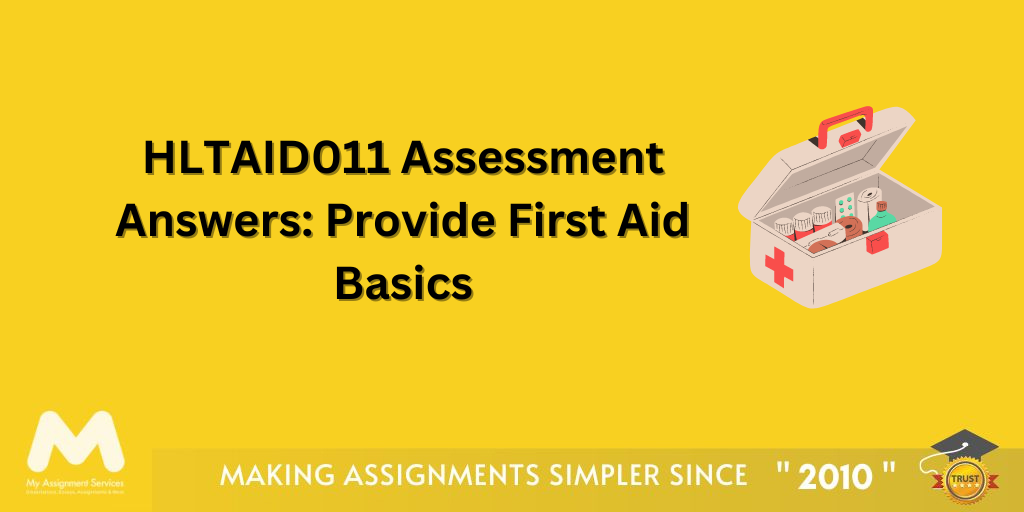

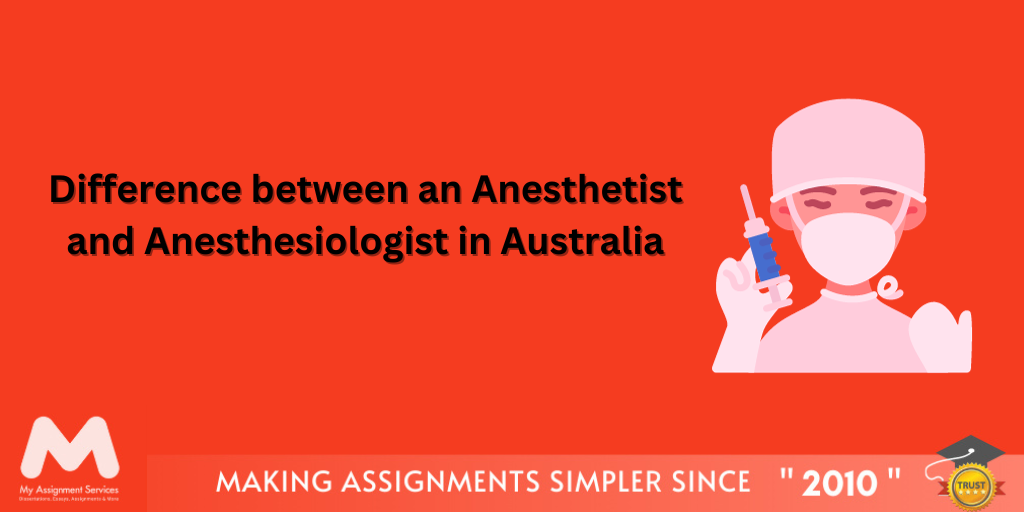





Loved reading this Blog? Share your valuable thoughts in the comment section.
Add comment